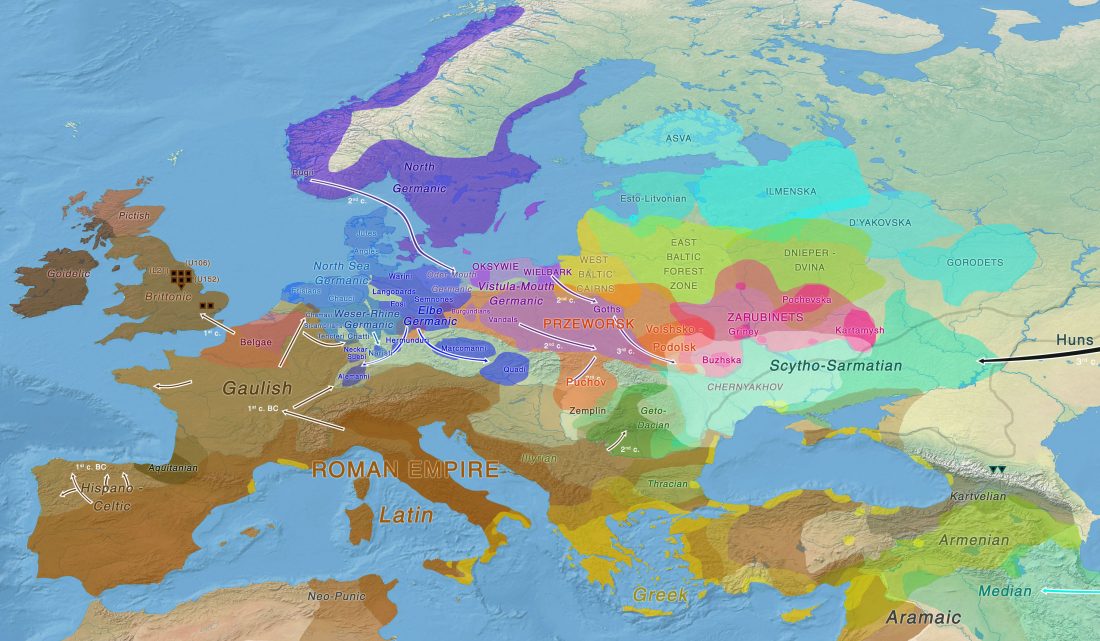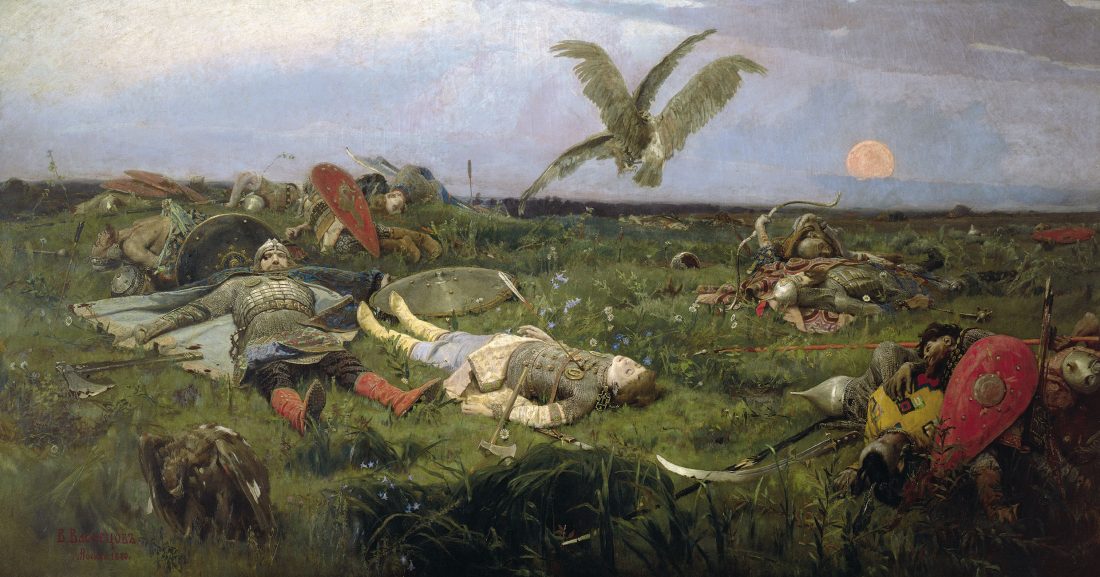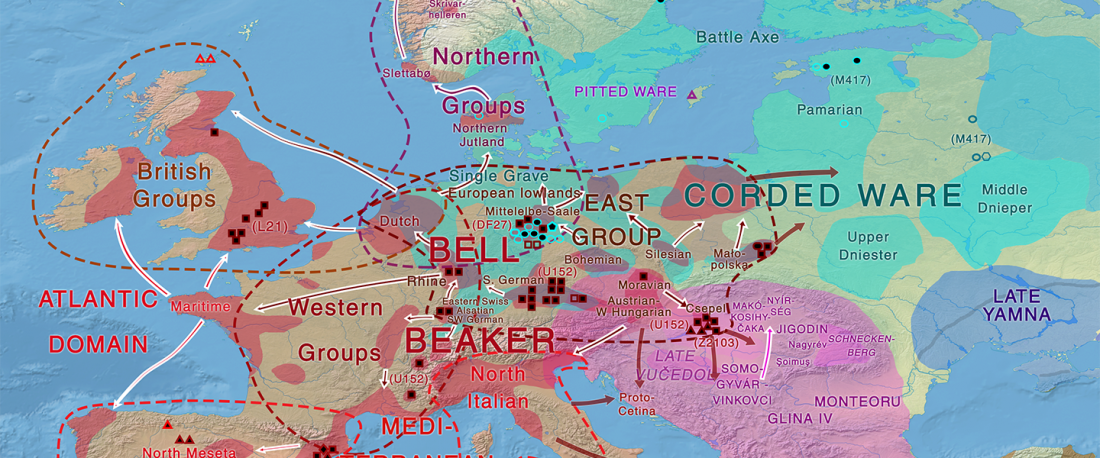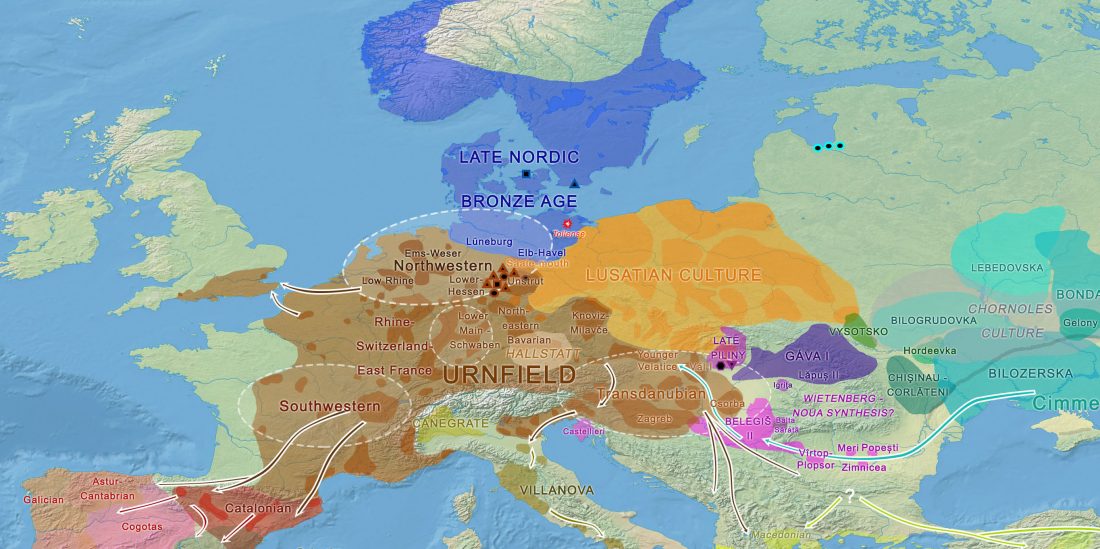Interesting new article From Proto-Slavic into Germanic or from Germanic into Proto-Slavic? A review of controversial loanwords, by Noińska Marta and Rychło Mikołaj in Studia Rossica Gedanensia (2017) 4:39-52.
Abstract:
… Read the rest “From Proto-Slavic into Germanic or from Germanic into Proto-Slavic? A review of controversial loanwords”Germanic loanwords in Proto-Slavic have been comprehensively analysed by both Western and Eastern scholars, however the problem of borrowings in the opposite direction received far less attention, especially among Western academics. It is worth noticing that Viktor Martynov (1963) proposed as many as 40 borrowings and penetrations from Proto-Slavic into Proto-Germanic. Among these, there are nine (*bljudo, 40 Marta Noińska, Mikołaj Rychło *kupiti, *lěkъ, *lugъ, *lukъ, *plugъ, *pъlkъ, *skotъ,




 The official
The official 

